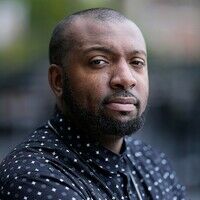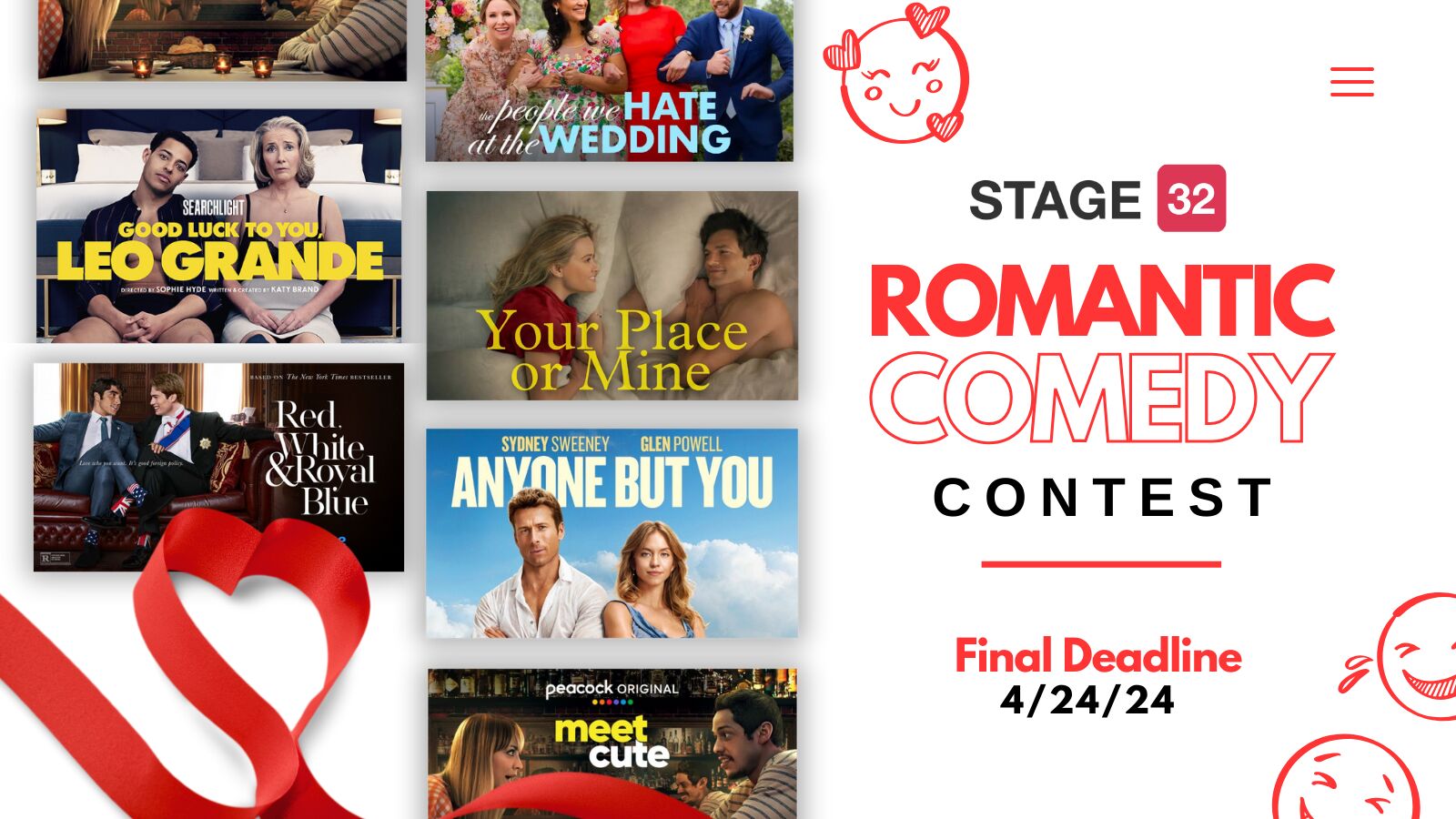Hey my DP bretheren (did I spell that right?) just curious if anyone out there still keeps a lighting diagram journal on them on their shoots where they can draw their layouts of different lighting setups (beyond the basic 3 pt setups) and keeps them in a journal for referencing. I bought a sketch pad for this months ago but I find myself just taking iPhone pics of each of my setups, and uploading to my Flickr to go back to view past setups to refresh myself on how I create the light for that scene, my lighting diagram journal has just been collecting dust. So is a lighting diagram more fit for let's say the Gaffer or Key Grip & their rigging team only? Should a serious DP record this and/or is it relevant today? I suppose I can start to draw diagrams of pics from past setups...thoughts?



2 people like this
There's an app called shot designer that seems promising but I get that job done on google drive drawings using simple shapes. I then share the google drive drawing with key crew and have it open on my tablet on set. Though I usually just glance at diagrams before the scene and tweak from there. I think that it really goes down to what makes sense for your own process/workflow. Maybe I'm just hare-brained but I tend to plan the looks for scenes for countless hours and months of advanced discussion with the director and my own planning. Yet, if I don't put them down on a diagram for reference, I blank out on set and then forget to execute. Even simple things that I would otherwise have had as key, underlined, highlighted bold text. PS. Its Brethren, read it out loud and you'll see the redundant syllable in your first spelling.
2 people like this
A lighting diagram of what you have already done is of limited value unless it is a set-up you must recreate sometime later. Lighting diagrams are much better done in the planning stage. Know what you want to see, then build it on paper with fixture types, distances, colour, and diffusion all to a t-stop you have decided on for the film or cameras you are using. You then know exactly what people, equipment, and time you need and time necessary. When you are done, walk onto the set, hand out the lighting plots to your crew and build what you planned. A game you play with yourself is to not stray from your plans and to be ready within 10% of the time you said was necessary. Visualizing the scene and being able to bring that vision to the screen is what anyone who is a DP had better be doing. Every DP must know that planning saves time and money since this makes the picture better. Planning time is among the best money spent to create a picture.
1 person likes this
I have been shooting for almost fifty years and I've never kept one.
Nope, never. Every situation is different, every visual story being told all tend to require a specific need, remember , light with your heart not your head, past lighting set-ups really have no value for me.
1 person likes this
I hear where Vance is coming and I partially agree. I think if you are starting out, keeping notes (regardless on what format you use) is useful. You can look back and see what you did and how. As time goes on however, you will find that you will lose the notes as you will know what you need and that changes in every situation as Vance pointed out.
1 person likes this
Hey Gregory, good point. I've been lighting since I was 15 years old in theater so I have learnt so much over the years it's all instinct at this point. Early on maybe it would be good to note the set up but also the result. Meaning by placing this light here I will get this result.
2 people like this
exactly. I did this when I was a beginner photographer. It helps a lot. I still have my little notebook from '02...lol
2 people like this
I rarely have time to do this on most projects. It's always on to the next set up. Sometimes, I'll ask my gaffer to make some notes and or take some cell phone photos if I think I might have to come back to a set up again. I don't claim to have a photographic memory, but I can remember a lot of details about how I lit a scene by just looking at what was already shot. With a little memory jog, I can even remember details years later. But I can't tell you what I had yesterday for lunch. I agree with some of the other guys who have also been shooting for many years - I don't want to reference what I have already done. Every situation is just a little different. I want to try and take a fresh approach for each project. Of course, one develops certain techniques that work well in certain situations. But I would always want to avoid "painting by numbers." Even when I was metering for film shooting, I tried to light more by eye and feeling rather than using conventional lighting ratios and measuring every single light. Once you establish the desired level of your key light relative to your ISO, you can train your eye to see values of other lights compared to the key light.
2 people like this
most of my projects these days end up being a 1 to 3 man crew and if its one then I am that 1. running camera sound and lighting so I just don't have time for notes any more and I 'am sure I am not the only one out there these days having to run multiple cameras sound and lighting by them selves